Happy Earth Day! We’ve gathered 26 open collections on JSTOR that feature breathtaking documentation of our planet and its creatures by scientists, scholars, and artists across many eras, all free for everyone to enjoy.
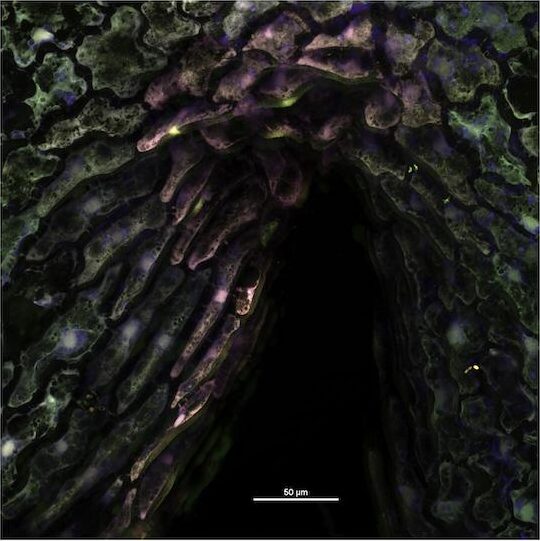
Jill Pflugheber and Dr. Steven White, Desfontainia spinosa, 2019. From the Microcosms: Sacred Plants of the Americas collection.
Microcosms: Sacred Plants of the Americas
Confocal microscopy is a specialized optical imaging technique that provides contact-free, non-destructive measurements of three-dimensional shapes. This collection—at the juncture of art, technology, and science—features plants considered sacred by indigenous groups of the Americas.
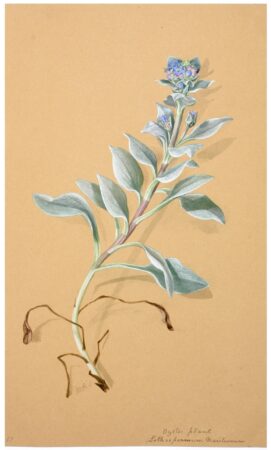
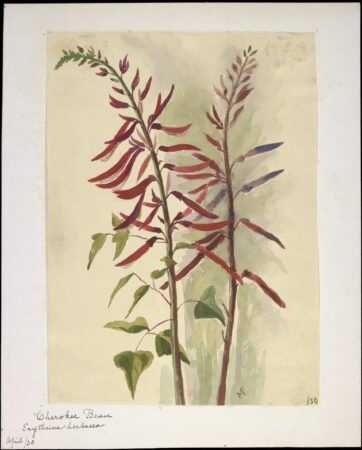
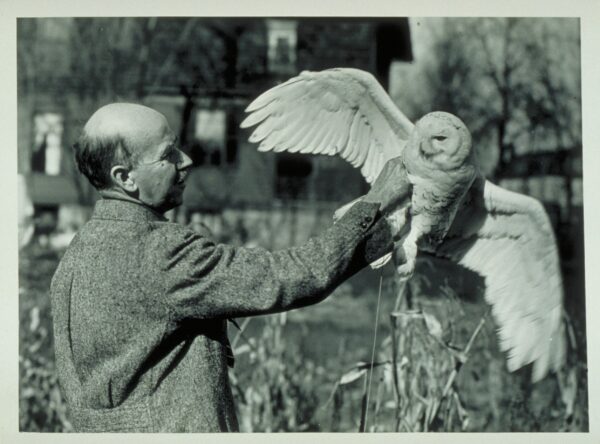
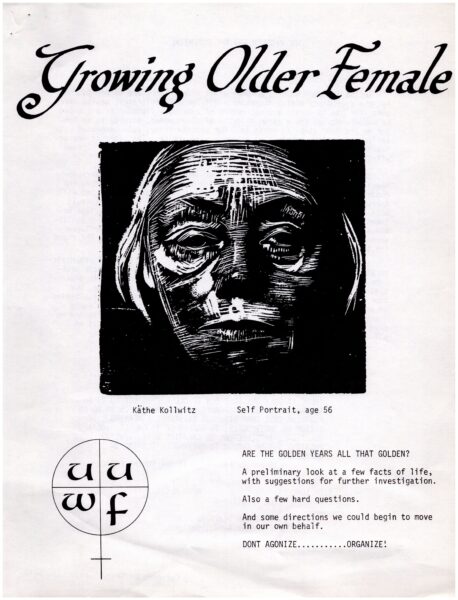
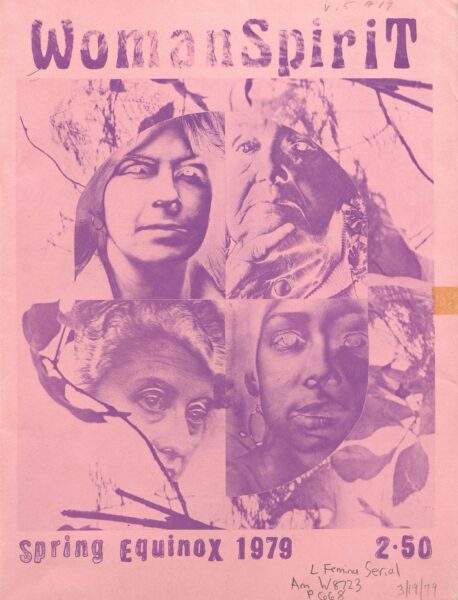
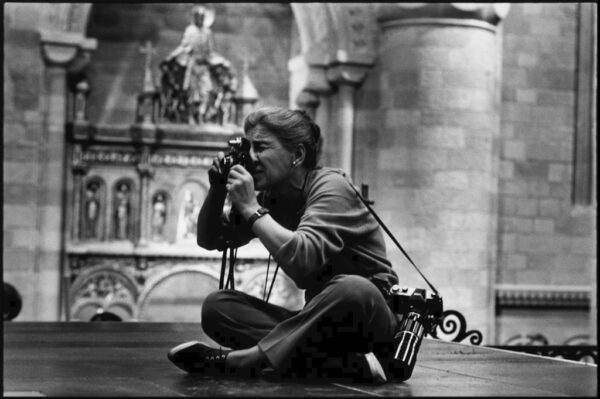



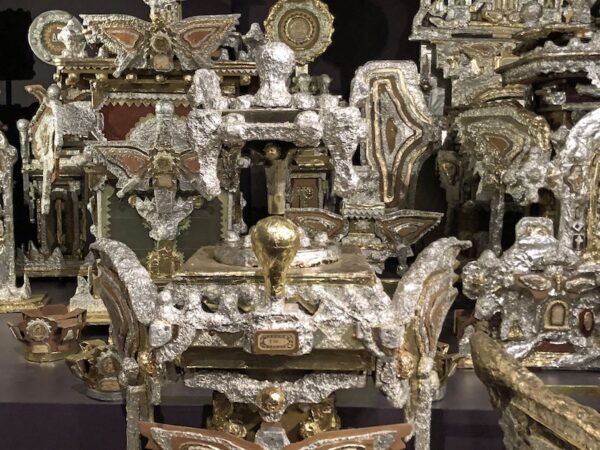
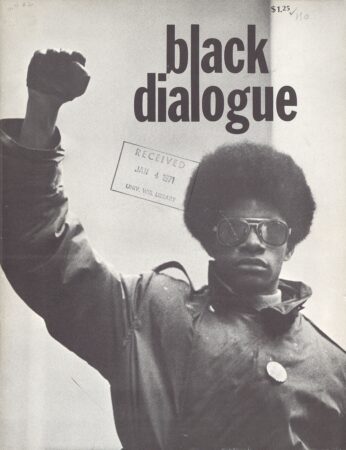



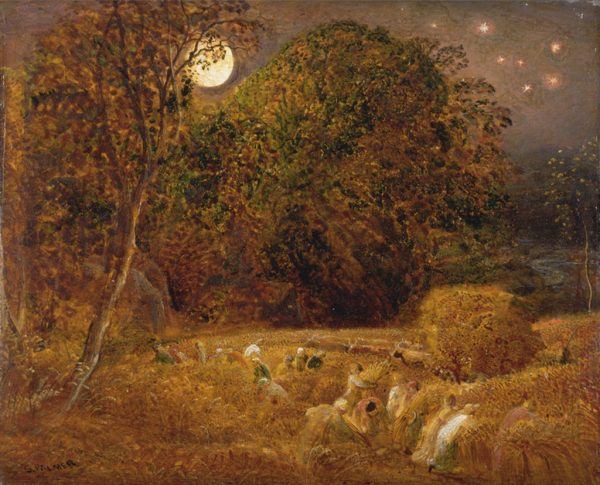
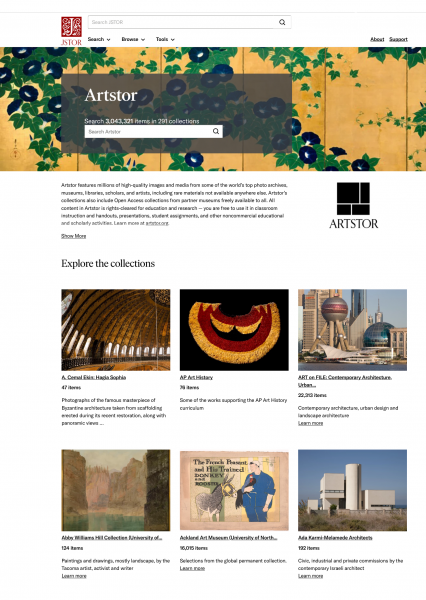 We are currently working on
We are currently working on